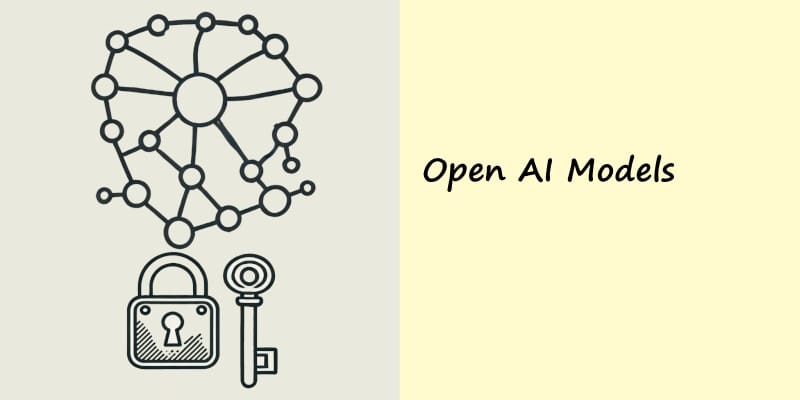Understanding Openness in Language Models: Open Source, Open Weights, and Restricted Weights
Open weight models vs open source models, they are often confused when people discuss AI models.

As advanced language models emerge, "openness" of AI models has become a popular discussion topic, but what does open mean? This post clarifies three key concepts to help the community understand model accessibility and control.
1. Open Source
In open source models, the entire codebase, training data, and methodology are publicly available. This means it is possible to exactly recreate the original. Open source allows anyone to inspect, modify, and improve the model, which is perfect for research or building variants on the model.
2. Open Weights
Models with open weights provide the trained parameters, allowing others to use and fine-tune them without access to the original code or data. This approach is helpful for common use use but limits customization and full understanding of how the model was developed. It does however make it easy to fine tune the model by adjusting those weights for specific applications of that model use.
3. Restricted Weights
Some models restrict access to weights. While this protects intellectual property, it can limit research and community-driven enhancements. It does give full control to the publisher and means the model can not be tainted by modification and can protect commercial value.
Openness Levels
Each of the above options provide for different levels of control, and innovation. Open source promotes full access and collaboration, open weights enable usage with some limitations, and restricted weights focus on protecting developers' intellectual property.
By understanding these differences, we can make informed choices about AI development that balance openness, control, and ethical responsibility.
Update 2024-11-28
Meta & open source
Meta are the only company making waves with open source models.
This episode of the The TED AI show investigates Meta's Llama model and drills into the commitment Meta have to AI foundation models in a landscape where the other tech giants are going closed model.
